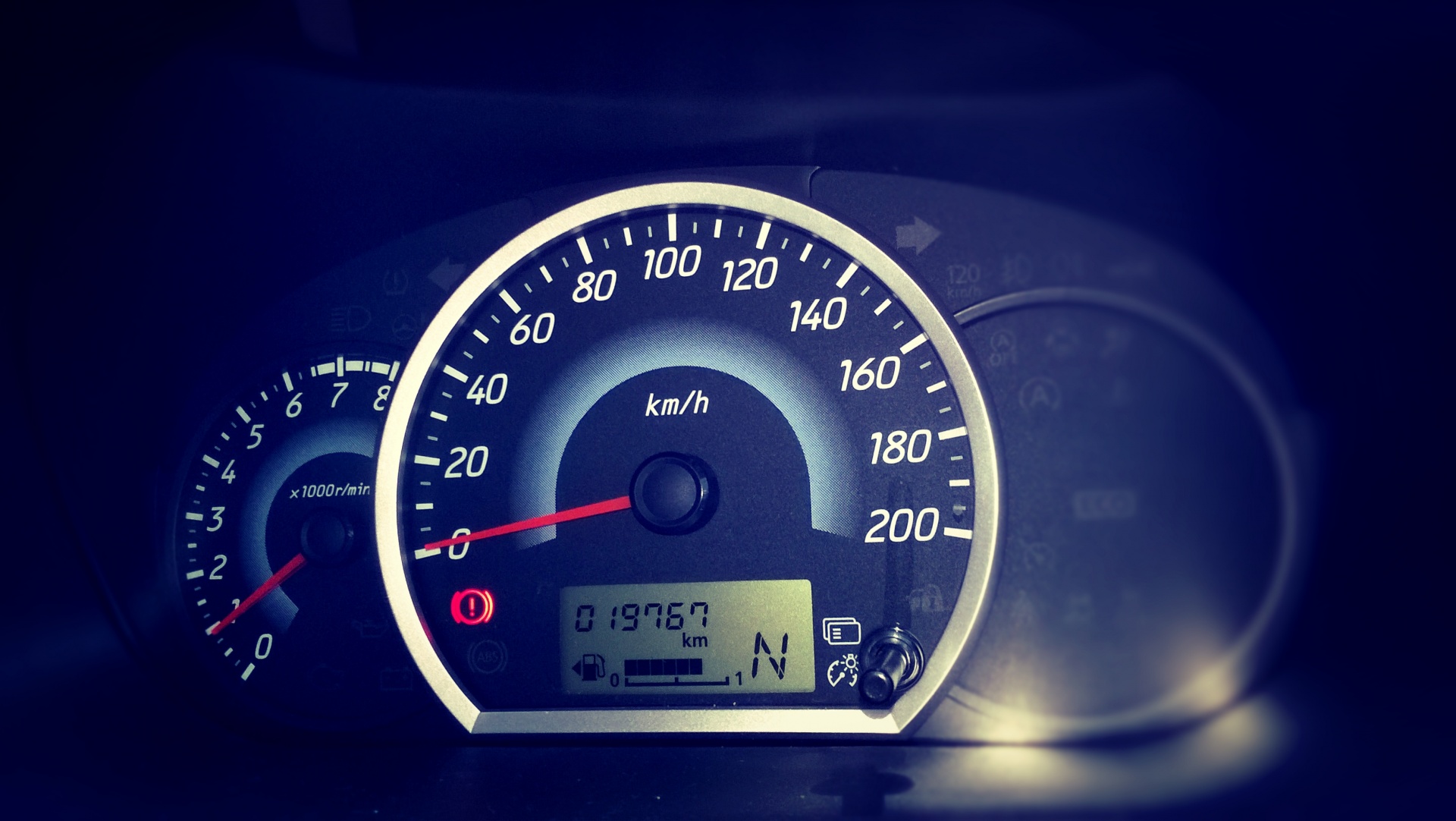
Agencies are required to report regularly to clients. It can’t be escaped. But what makes the marketing dashboard great rather than just average? It can’t be the quantity of charts.
It’s not hard to bundle some charts and tables together and call it a dashboard. But what justifies a chart its place in the dashboard submitted by a marketing agency to its client. I want to suggest 7 criteria.
Is the information really actionable?
If the information simply generates a “that’s nice” then it has missed the mark. Going back to the basics – the reason for using agency was to create a particular result.
The stakeholder receiving a dashboard is answerable for the value received. They should be able to take action using the dashboard as justification.
So every part of a marketing dashboard should be answering
- what are we getting value as a result of spending X? ( in time or money)
- could we spend less and get the same results?
- could we get greater results for the same or more money?
- are there better options?
Why? How can we believe that?
Is your marketing dashboard winning new friends?
If the dashboard doesn’t influence more people as time goes by; then the agency is almost certainly missing out.

Many marketing agencies can safely be ignored by most within their client’s company. The agency is only visible to 2 or 3 within the immediate marketing “department” of the corporate.
Why not create dashboards that actively generate interest in what the agency is doing? Why not stimulate positive questions at board level. That provoke discussion of options.
One way to do this is to ask a series of what if questions:
- what if the conversion rate increased or decreased?
- which roles would it affect?
- what new opportunities would exist as a result?
These will suggest people to whom the reports would matter if the trends were positive.
Does your dashboard enhance relationships?
The Dashboard should work for existing stakeholders. Do they read the reports regularly? If they don’t – why not? Are they boring? Does the dashboard empower the user to ask ever more demanding questions as time goes on. So a good question for every dashboard ingredient is:
- Is this chart/table/element providing greater insights than last month?
- Who does this help?
- Does it provoke or lead to the next piece of work?
Does the dashboard support upselling and cross-selling?
Selling more to existing clients ought to be much less effort than getting new clients. The marketing dashboard can do a number of jobs to support this.
- Provide the evidence that opportunities to do more exist.
- Alert your client to these possibilities.
- Publicise these opportunities.
- Show how good your agency has been with the existing scope.
- Provide the foundation justifying more work.
Does your marketing dashboard provide an Audit Trail?
What if the client people your agency deals with all left? Without warning? What would confirm the “rumour” that your agency did anything for that client?
OK – so there is a contract.
But what did you actually deliver?
Now for obvious reasons this scenario is rare. But is it wise to rely on your contacts alone to publicise how great your agency you agency is? Isn’t a plan B a wise precaution?
The reporting cycle and marketing dashboard provide the audit trail. They prove that not only did you have a contract and get paid – you also did something. Affected something. Helped your client in some specific ways.
Does the dashboard protect you against re-tendering?
Procurement departments are under relentless pressure to get more for less. Periodic demands to re-justify purchase contracts are inevitable. But it isn’t obvious that your contacts need to find alternative options easy.
Evidence that your agency dashboard is hard to replace could really help.
Help directly, because other agencies could be forced to offer similar or better. Because agencies who did this would feel the need to charge more – and the ease with which they could undercut the incumbent would lessen.
Help indirectly, because change isn’t valued. Any significant group of people from within your client arguing against change (even quietly) could help push the actual re-tendering process further into the future.
Are too many of the wrong views in the marketing dashboard?
All too often marketing dashboards have one overall view with segments. But if these segments don’t align with the responsibilities of the dashboard “consumers” then they aren’t going to really hit home. The reader isn’t going feel the hard work your agency does is relevant to them.
Using segments like this isn’t ideal either. It’s tedious to have to apply “your ideal segment” every time you open a report. Technology ought to do that – remember which segment you prefer. Or relate your profile to your ideal segments.
Conclusion
Creating a marketing dashboard that works effectively is not about drag and drop. It requires deep thinking about what the reader wants, needs and how your agency can benefit. So why not go for a walk and think?

Leave a Reply